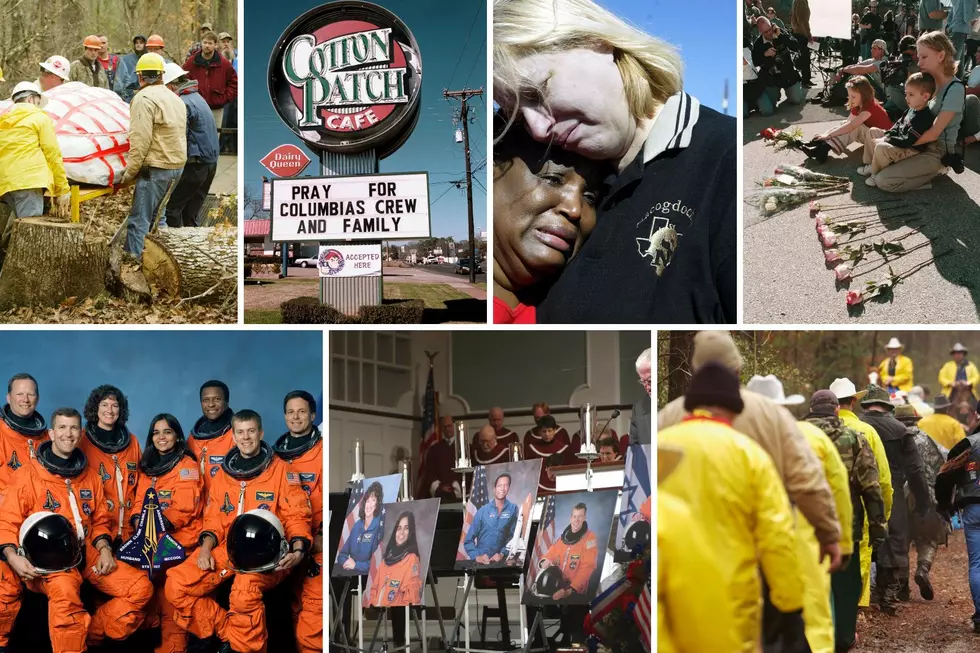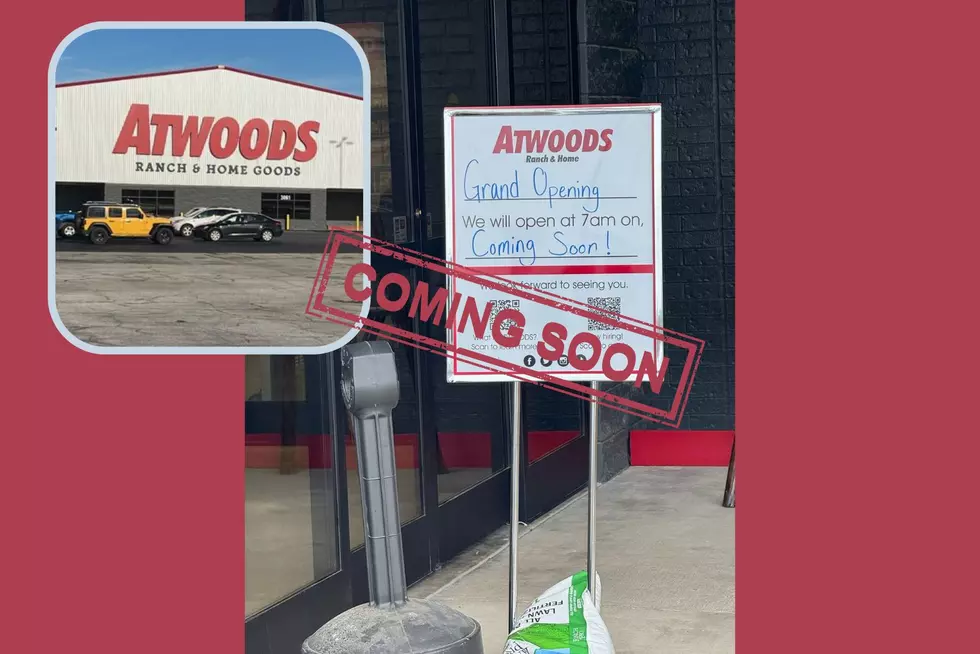
20 Years Later, East Texas Remembers the Space Shuttle Tragedy
7:59:32 A.M.
It was just a few seconds before 8 o'clock Central Time, February 1, 2003, when the last transmission was received from the Space Shuttle Columbia as it re-entered the Earth's atmosphere some 38 miles above the Dallas area.
In response to a question, mission commander Rick Husband said "Roger", and then his next word was cut off mid-syllable. It was only a few minutes following that transmission that videos started to emerge of tragic scenes of Mission STS-107 breaking apart and raining down a swath of debris from Deep East Texas into Louisiana.
All seven astronauts perished.
Do You Remember That Morning 20 Years Ago?
I had taken an extended weekend off so that my wife and I could enjoy a few days in Hot Springs, Arkansas. That Saturday morning when I turned on the TV, I was amazed to see Nacogdoches County Sheriff Thomas Kerss and Nacogdoches County Judge Sue Kennedy on breaking news coverage on CNN.
When it became clear what was happening, I was numb. Many residents across the Pineywoods will always remember hearing the loud boom coming from the sky. Soon thereafter, Nacogdoches was center stage for news crews and search & rescue operations.
Texas A&M Forest Service Leads Search Efforts
Much of the remnants of Columbia were spread across the dense thickets and forests of Deep East Texas. Who better to lead the recovery efforts than an agency that has employees that have logged numerous hours in the fields and forests of the Pineywoods?
The Texas A&M Forest Service was designated as the lead state agency in the recovery mission, managing exhaustive ground searches throughout the East Texas debris field.
This was a common scene in East Texas in the days following the shuttle disaster. The idea to utilize wildland firefighting crews in the search came after the Texas Department of Public Safety and the Texas Army National Guard got reassigned because of an increase in the national threat level coinciding with the start of the war in Iraq.
In all, the ground search and recovery lasted 100 days, covered 680,750 acres, and involved more than 25,000 people. More than 82,000 pieces of material were recovered — about 38 percent of the shuttle — allowing NASA teams to pinpoint the cause of the shuttle failure to a debris strike on the left wing during launch.
A Second Tragedy
In the midst of one of our nation's most profound tragedies, a second grave incident occurred. Charles Krenek and Jules “Buzz” Mier Jr., died in a helicopter crash during the search for shuttle debris.
Mier, a U.S. Army veteran, was a pilot under contract with the U.S. Forest Service. Krenek, a Texas A&M Forest Service aviation specialist, was serving as a search manager.
We Will Never Forget
On Wednesday, February 1, the 20th anniversary of the Columbia disaster, representatives with the Texas A&M Forest Service, along with NASA, the U.S. Forest Service, and the city of Nacogdoches, will rededicate the seven trees planted in 2003 in memory of the shuttle crew members.
The event, in the city’s Banita Creek Park, will include the unveiling of an informational marker and the dedication of two newly planted trees honoring Mier and Krenek.
Also, the Patricia Huffman Smith NASA Columbia Museum in Hemphill will also be having events on February 1 to commemorate the 20th anniversary.



